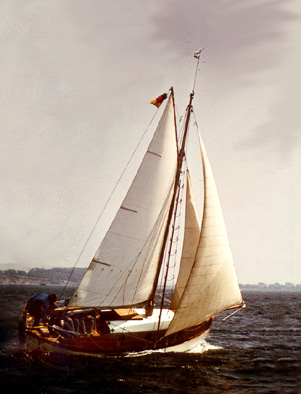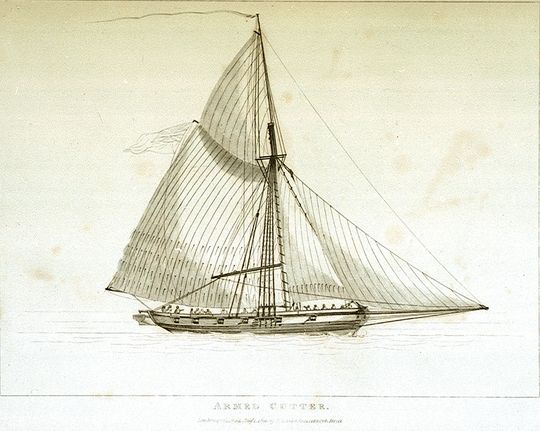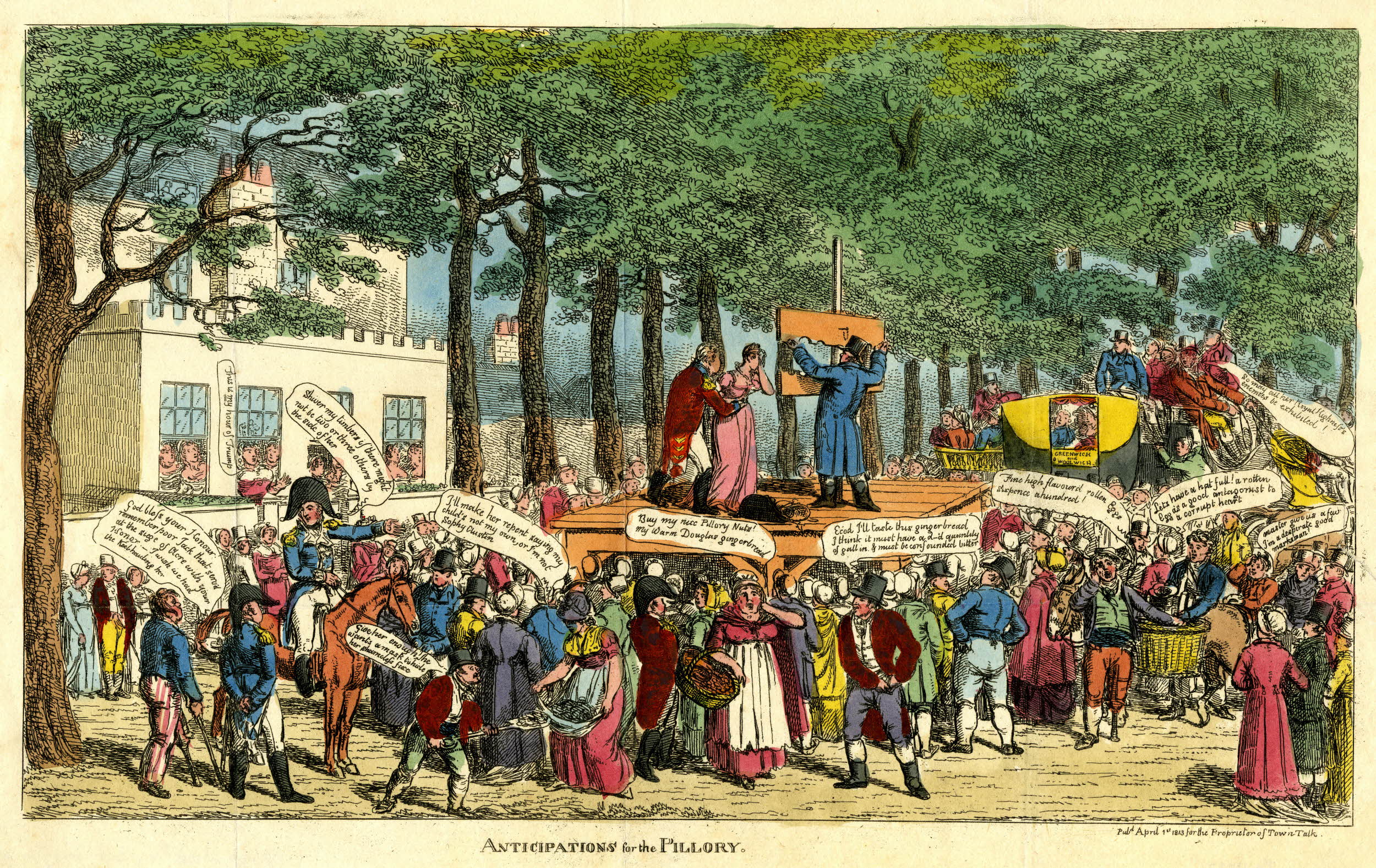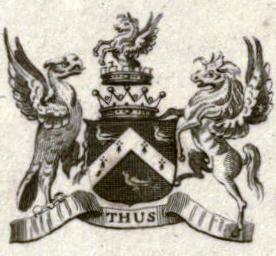|
French Frigate Africaine (1798)
''Africaine'' was one of two 40-gun s of the French Navy built to a design by Raymond-Antoine Haran. She carried twenty-eight 18-pounder and twelve 8-pounder guns. The British captured her in 1801, only to have the French recapture her in 1810. They abandoned her at sea as she had been demasted and badly damaged, with the result that the British recaptured her the next day. She was broken up in 1816. French service ''Africaine'' was commissioned on 14 September 1799 under ''Capitaine de frégate'' Magendie. In 1800, she sailed to Saint-Domingue transporting government officials and army officers, arriving in late April or early May. She later sailed from Rochefort with to try to resupply the French forces in Egypt. She was carrying ordnance, stores and 400 soldiers to Napoleon's army in Egypt. At the action of 19 February 1801, , under Captain Robert Barlow, captured ''Africaine'' east of Gibraltar. ''Phoebe'', which had the weather gage, overtook ''Africaine'' and engaged ... [...More Info...] [...Related Items...] OR: [Wikipedia] [Google] [Baidu] |
Africa
Africa is the world's second-largest and second-most populous continent after Asia. At about 30.3 million km2 (11.7 million square miles) including adjacent islands, it covers 20% of Earth's land area and 6% of its total surface area.Sayre, April Pulley (1999), ''Africa'', Twenty-First Century Books. . With nearly billion people as of , it accounts for about of the world's human population. Demographics of Africa, Africa's population is the youngest among all the continents; the median age in 2012 was 19.7, when the worldwide median age was 30.4. Based on 2024 projections, Africa's population will exceed 3.8 billion people by 2100. Africa is the least wealthy inhabited continent per capita and second-least wealthy by total wealth, ahead of Oceania. Scholars have attributed this to different factors including Geography of Africa, geography, Climate of Africa, climate, corruption, Scramble for Africa, colonialism, the Cold War, and neocolonialism. Despite this lo ... [...More Info...] [...Related Items...] OR: [Wikipedia] [Google] [Baidu] |
Weather Gage
The weather gage (sometimes spelled weather gauge or known as nautical gauge) is the advantageous position of a fighting sailing vessel relative to another. The concept is from the Age of Sail and is now antique. A ship at sea is said to possess the weather gage if it is in any position upwind of the other vessel -- having the wind at their back, speeding progress, when sailing towards the other ship. Proximity with the land, tidal and stream effects and wind variability due to geography (hills, cliffs, etc.) may also come into play. * An upwind vessel is able to manoeuvre at will toward any downwind point, since the relative wind then moves aft. * The fastest point of sail for a frigate typically have the wind blowing in the direction of travel, allowing that ship greater choice in the distance of separation. They could more easily disengage if damaged, and could more easily optimize for the range of their gunnery. * However, in sailing warfare, the leeward ship gained a point ... [...More Info...] [...Related Items...] OR: [Wikipedia] [Google] [Baidu] |
The Hague
The Hague ( ) is the capital city of the South Holland province of the Netherlands. With a population of over half a million, it is the third-largest city in the Netherlands. Situated on the west coast facing the North Sea, The Hague is the country's administrative centre and its seat of government, and has been described as the country's ''de facto'' capital since the time of the Dutch Republic, while Amsterdam is the official capital of the Netherlands. The Hague is the core municipality of the COROP, Greater The Hague urban area containing over 800,000 residents, and is also part of the Rotterdam–The Hague metropolitan area, which, with a population of approximately 2.6 million, is the largest metropolitan area of the Netherlands. The city is also part of the Randstad region, one of the largest conurbations in Europe. The Hague is the seat of the Cabinet of the Netherlands, Cabinet, the States General of the Netherlands, States General, the Supreme Court of the Neth ... [...More Info...] [...Related Items...] OR: [Wikipedia] [Google] [Baidu] |
Cutter (boat)
A cutter is any of various types of watercraft. The term can refer to the sail plan, rig (sail plan) of a sailing vessel (but with regional differences in definition), to a governmental enforcement agency vessel (such as a coast guard or border force cutter), to a type of ship's boat which can be used under sail or oars, or, historically, to a type of fast-sailing vessel introduced in the 18th century, some of which were used as small warships. As a sailing rig, a cutter is a single-masted boat, with two or more headsails. On the eastern side of the Atlantic Ocean, Atlantic, the two headsails on a single mast is the fullest extent of the modern definition. In U.S. waters, a greater level of complexity applies, with the placement of the mast and the rigging details of the bowsprit taken into account so a boat with two headsails may be classed as a sloop. Government agencies use the term "cutter" for vessels employed in patrolling their territorial waters and other enforcement a ... [...More Info...] [...Related Items...] OR: [Wikipedia] [Google] [Baidu] |
Hired Armed Vessels
During the eighteenth and nineteenth centuries the Royal Navy used a considerable number of hired armed vessels. These were generally smaller vessels, often cutters and luggers, that the Navy used for duties ranging from carrying and passengers to convoy escort, particularly in British coastal waters, and reconnaissance.Winfield (2008), p.387. Doctrine The Navy Board usually hired the vessel complete with master and crew rather than bareboat. Contracts were for a specified time or on an open-ended monthly hire basis. During periods of peace, such as the period between the Treaty of Amiens and the commencement of the Napoleonic Wars, the Admiralty returned the vessels to their owners, only to rehire many on the outbreak of war. The Admiralty provided a regular naval officer, usually a lieutenant for the small vessels, to be the commander. The civilian master then served as the sailing master. For purposes of prize money or salvage, hired armed vessels received the same tr ... [...More Info...] [...Related Items...] OR: [Wikipedia] [Google] [Baidu] |
Scheveningen
Scheveningen () is one of the eight districts of The Hague, Netherlands, as well as a subdistrict () of that city. Scheveningen is a modern seaside resort with a long, sandy beach, an esplanade, a pier, and a lighthouse. The beach is popular for water sports such as windsurfing and Kitesurfing, kiteboarding. The harbour is used for both fishing and tourism. History The earliest reference to the name ''Sceveninghe'' goes back to around 1280. The first inhabitants may have been Anglo-Saxons. Other historians favour a Norsemen, Scandinavian origin. Fishing was the main source of food and income. The Battle of Scheveningen was fought between English and Dutch fleets off the coast of the village on 10 August 1653. Thousands of people gathered on the shore to watch. In 1660 Edward Montagu, 1st Earl of Sandwich, Montagu's flagship picked up the English king at Scheveningen in order to accomplish the Restoration (England), Restoration. A road to neighbouring The Hague was con ... [...More Info...] [...Related Items...] OR: [Wikipedia] [Google] [Baidu] |
Hellevoetsluis
Hellevoetsluis () is a town and former municipality in the west of Netherlands. It is located in Voorne-Putten, South Holland. The former municipality covered an area of of which was water and it included the population centres of Nieuw-Helvoet, Nieuwenhoorn, and Oude en Nieuwe Struiten, all former municipalities. Hellevoetsluis is located on the Haringvliet with the sea, beach, and dunes close by, on the extreme southern edge of the Rijnmond and Europoort areas, close to the broad Zeeland landscape. The name translates as "lock at the foot of the Helle". The Helle was a small local river that disappeared over time. On 1 January 2023, the municipality of Hellevoetsluis merged with Brielle and Westvoorne into the new municipality of Voorne aan Zee. History The area has been settled since before Roman times and was concentrated around a body of water called the "Helle", which was later Latinized by the Romans to "''Helinium''" and "''Helius''". The name Hel(le) Voet, ''H ... [...More Info...] [...Related Items...] OR: [Wikipedia] [Google] [Baidu] |
Impressment
Impressment, colloquially "the press" or the "press gang", is a type of conscription of people into a military force, especially a naval force, via intimidation and physical coercion, conducted by an organized group (hence "gang"). European navies of several nations used impressment by various means. The large size of the British Royal Navy in the Age of Sail meant impressment was most commonly associated with Great Britain and Ireland. It was used by the Royal Navy in wartime, beginning in 1664 and during the 18th and early 19th centuries as a means of crewing warships, although legal sanction for the practice can be traced back to the time of Edward I of England. The Royal Navy impressed many merchant sailors, as well as some sailors from other, mostly European, nations. People liable to impressment were "eligible men of seafaring habits between the ages of 18 and 55 years". Non-Sailor, seamen were sometimes impressed as well, though rarely. In addition to the Royal Navy's use ... [...More Info...] [...Related Items...] OR: [Wikipedia] [Google] [Baidu] |
The Nore
The Nore is a long bank of sand and silt running along the south-centre of the final narrowing of the Thames Estuary, England. Its south-west is the very narrow Nore Sand. Just short of the Nore's easternmost point where it fades into the channels it has a notable point once marked by a lightship on the line where the estuary of the Thames nominally becomes the North Sea. A lit buoy today stands on this often map-marked divisor: between Havengore Creek in east Essex and Warden Point on the Isle of Sheppey in Kent. Until 1964 it marked the seaward limit of the Port of London Authority. As the sandbank was a major hazard for shipping coming in and out of London, in 1732 it received the world's first lightship. This became a major landmark, and was used as an assembly point for shipping. Today it is marked by the Sea Reach No. 1 Buoys. The Nore is an anchorage, or open roadstead, used by the Royal Navy's North Sea Fleet, and to its local Command. It was the site of a notorio ... [...More Info...] [...Related Items...] OR: [Wikipedia] [Google] [Baidu] |
Caroline Of Brunswick
Caroline of Brunswick-Wolfenbüttel (Caroline Amelia Elizabeth; 17 May 1768 – 7 August 1821) was List of British royal consorts, Queen of the United Kingdom of Great Britain and Ireland and Queen of Hanover from 29 January 1820 until her death in 1821 as the estranged wife of King George IV. She was Princess of Wales from 1795 to 1820. The daughter of Charles William Ferdinand, Duke of Brunswick, and Princess Augusta of Great Britain, Caroline was Cousin marriage, engaged in 1794 to her first cousin George, Prince of Wales, whom she had never met. He was already illegally married to Maria Fitzherbert. George and Caroline married the following year but separated shortly after the birth of their only child, Princess Charlotte of Wales (1796–1817), Princess Charlotte, in 1796. By 1806, rumours that Caroline had taken multiple lovers and had an illegitimate child led to an investigation into her private life. The dignitaries who led the investigation concluded that there wa ... [...More Info...] [...Related Items...] OR: [Wikipedia] [Google] [Baidu] |
Viscount St Vincent
Viscount St Vincent, of Meaford in the County of Stafford Staffordshire (; postal abbreviation ''Staffs''.) is a ceremonial county in the West Midlands of England. It borders Cheshire to the north-west, Derbyshire and Leicestershire to the east, Warwickshire to the south-east, the West Midlands cou ..., is a title in the Peerage of the United Kingdom. It was created on 27 April 1801 for the noted naval commander John Jervis, Earl of St Vincent, with remainder to his nephews William Henry Ricketts and Edward Jervis Ricketts successively, and after them to his niece Mary, wife of William Carnegie, 7th Earl of Northesk. He had already been created Baron Jervis, of Meaford in the County of Stafford, and Earl of St Vincent, in the Peerage of Great Britain, on 23 August 1797, with normal remainder to his heirs male. On Lord St Vincent's death in 1823 the barony and earldom became extinct while he was succeeded in the viscountcy according to the special remainder by his nephew, ... [...More Info...] [...Related Items...] OR: [Wikipedia] [Google] [Baidu] |
Thomas Manby
Thomas Moore Manby (1 January 1769 – 13 June 1834) was a British naval officer who fought in the French Revolutionary Wars and Napoleonic Wars and rose to the rank of rear admiral. He sailed with George Vancouver on his voyages of exploration, captained ''Bordelais'', ''Africaine'' and ''Thalia'', and was the chief suspect in the " delicate investigation" into the morals of Caroline, Princess of Wales. Childhood and early naval career Manby was born in the village of Hilgay on the edge of the Norfolk Fens. His father, Matthew Pepper Manby, was lord of the manor of Wood Hall in Hilgay and a former soldier and aide-de-camp to Lord Townshend. Manby's eldest sister Mary Jane (1763-1773), younger brother John (1773-1783) and two other siblings died as children. His eldest brother was George William Manby (1765-1854), the inventor of life-saving devices including the Manby mortar. Lord Townshend arranged a position for the young Manby in the stationers of the ordnance departme ... [...More Info...] [...Related Items...] OR: [Wikipedia] [Google] [Baidu] |









